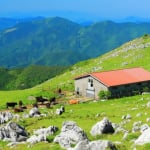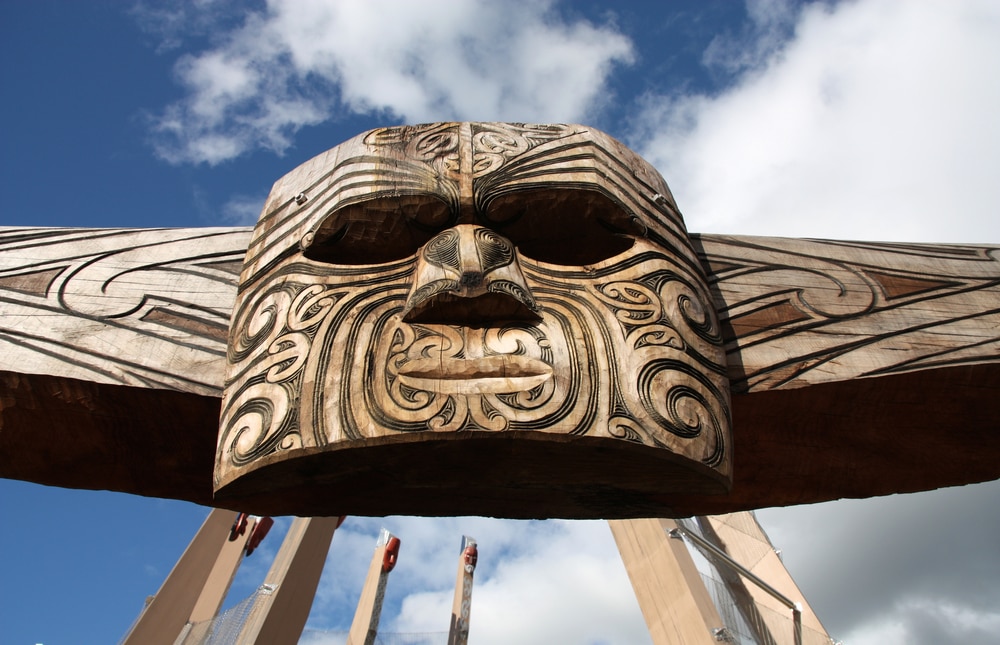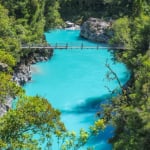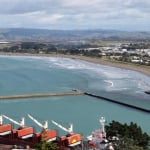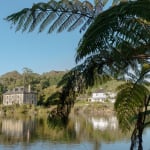Photo by Tupungato/Shutterstock
The Top Ten Places To See Maori Culture In New Zealand
A trip to New Zealand is often so heavily associated with adventure sports that visitors often overlook the vibrant Māori culture that emanates throughout the country. Arriving from Polynesia in the 13th century and with just the supplies in their canoes, the Māori people began to make New Zealand their home, bringing with them a unique and fascinating culture. Although European settlers colonized the island in the 17th-century, the Māori culture still blossoms there today. Here are ten spots in New Zealand to witness this unique culture.
table of contents
[x] close
The Top Ten Places To See Maori Culture In New Zealand
Tamaki Māori Village, Rotorua
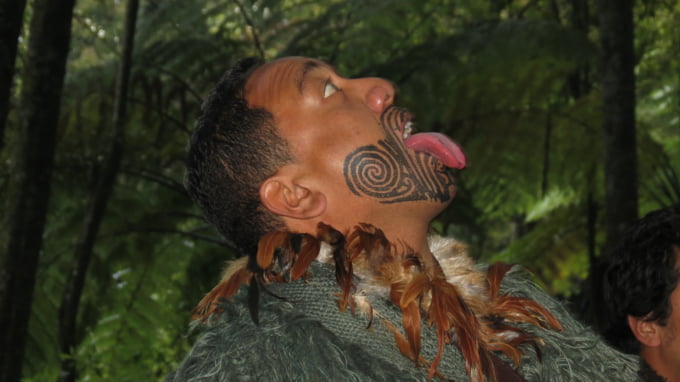
Photo by Robert Linsdell
Nestled in the native Tawa forests on the outskirts of Rotorua is the ever-popular Tamaki Māori Village. Providing a fascinating glimpse into the Māori way of life, the village can only be entered whilst on a tour. Walking through the village gates, visitors will be met by the chief performing a traditional Māori acceptance greeting. After this, an evening of workshops and celebrations begin. Learn how to perform the haka, indulge on traditional hāngī feast and immerse yourself in this incredible culture.
The Museum of New Zealand Te Papa Tongarewa, Wellington
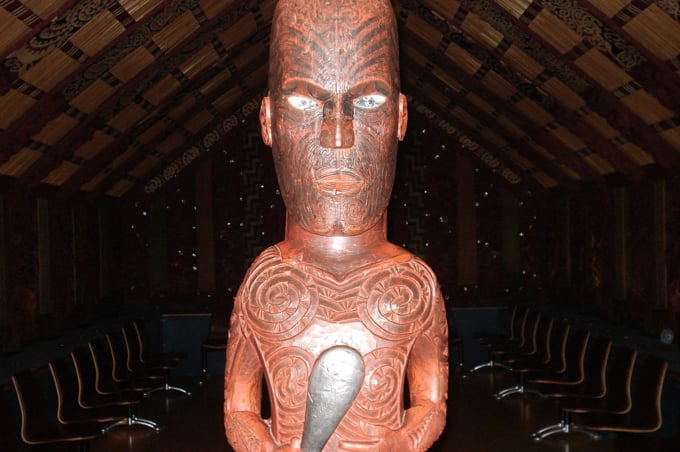
Photo by commons.wikimedia.org
The Te Papa Museum in Wellington is perfect for those on more of a budget, that still want to learn more about the Māori people. Free to enter, this modern and extensive museum houses more than half a million artefacts that provide a glimpse into Māori history, including a to-scale model of a wharenui or meeting house, replicas of the canoes the Māori first arrived in and a huge collection of authentic artwork. Join a guided tour for the afternoon to get the most out of this remarkable museum.
Waitangi Treaty Grounds
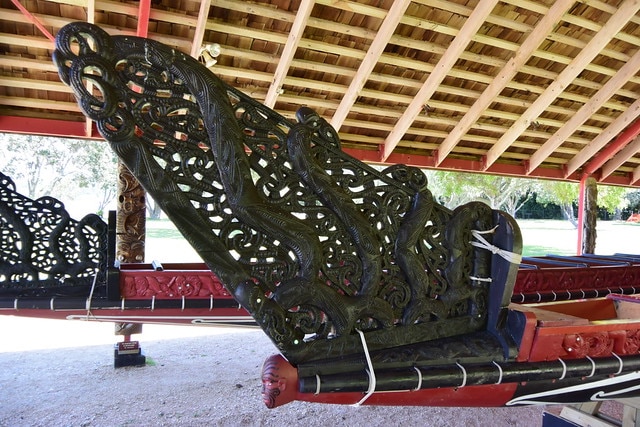
Photo by Steve Shattuck/Flickr
A unification agreement between the Māori people and British settlers, The Waitangi Treaty paved the future for the New Zealand that we know today. Many people flock to the Waitangi Treaty Grounds to witness the exact spot where these documents were signed in 1860. As well as the deep historical insight, these grounds offer visitors beautiful views over the Bay Of Islands. Located three hours north of Auckland on the northern peninsula, the area is best explored on a day tour, coupled with a visit to the Waipoua Kauri Forest.
Waipoua Kauri Forest
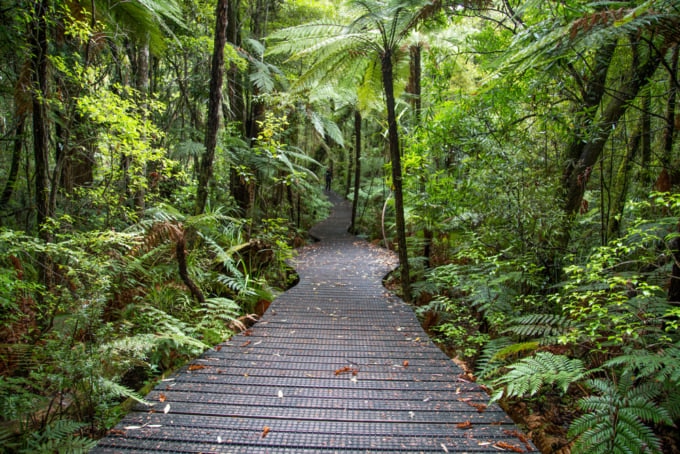
Photo by iv4ngrigoryev/Shutterstock
Kauri trees are considered to be the chiefs of the forest and are held in high regard by the Māori people. Those who wish to experience the most sacred of the Kauri Forests should take a visit to Waipoura Forest, home to Tāne Mahuta and Te Matua Ngahere. At 167-feet tall, Tāne Mahuta is the largest living tree in New Zealand and has been aptly named ‘the lord of the forest’. This 2000-year-old tree plays a huge role in the Māori creation story and people still visit the tree today to receive its blessing.
Mine Bay, Lake Taupo
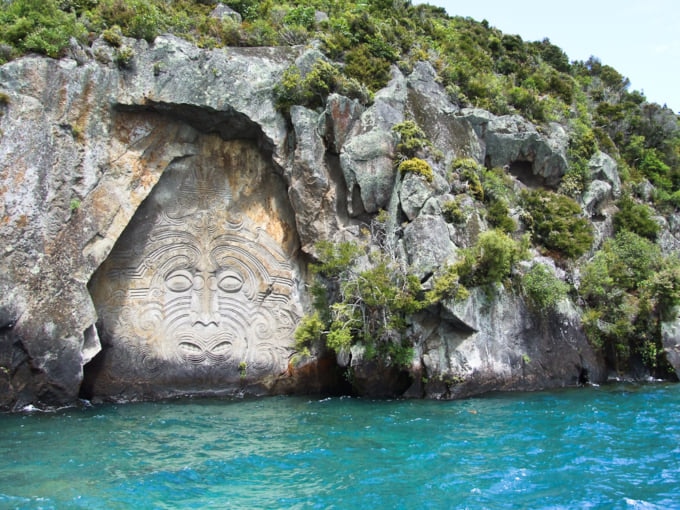
Photo by upload.wikimedia.org
Sitting 46-feet above Lake Taupo and only accessible by boat are some of the best examples of Māori artwork in New Zealand. Their creator, Matahi Whakataka-Brightwell, undertook ten years of training with Māori elders before he was allowed to complete the piece. Matahi chose to carve a likeness of his family’s ancestors in the rock to create an unbreakable bond between them and the land. Although relatively young compared to other Māori rock carvings, the spirit and essence of the Māori culture still resonate through them.
Hokitika
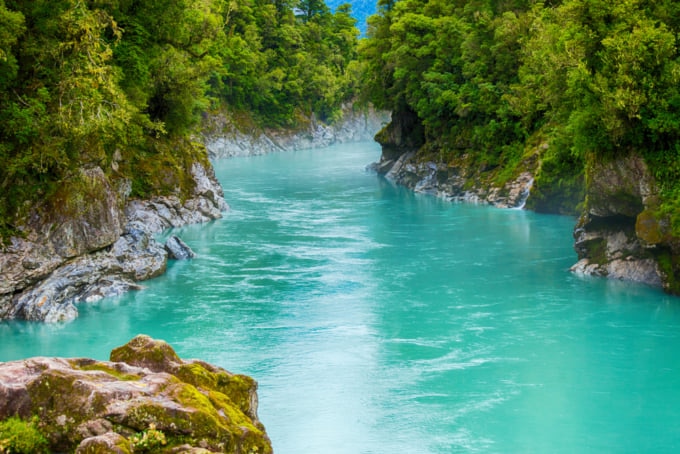
Photo by Lab Photo/Shutterstock
A destination that is hardly visited by tourists compared to what it deserves, Hokitika is a popular spot for the Māori to collect pounamu or greenstones. Traditionally these stones were carved into tools and weapons, examples of which can be found in many museums around the country. Nowadays, visitors can join a tour along the Arahua River, searching for greenstones before returning to the workshop to carve a unique pendant.
Kaikoura, Canterbury
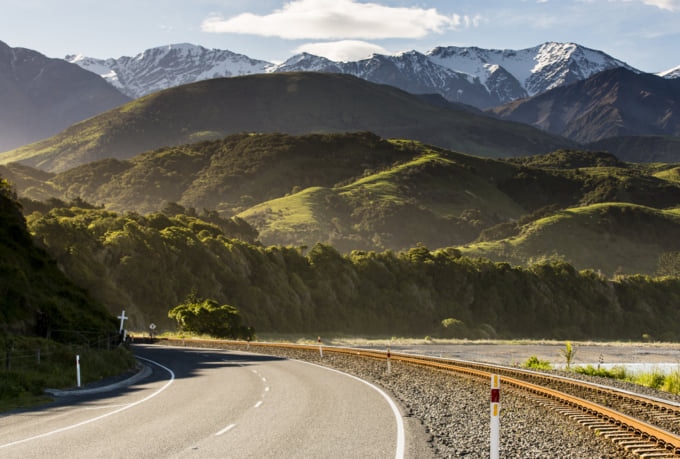
Photo by C Levers/Shutterstock
Māori culture is full of stories and legends that vividly describe the evolution of the land. One of the most popular stories is of Paikea, the Whale Rider, who is said to have sailed to New Zealand on the back of the whale Tohorā. The story is told time and time again to highlight the good that can come when humans work in harmony with the natural world. Kaikoura is one of the best places in the country to go whale watching whilst learning more about the importance of animals in Māori culture.
Whakarewarewa
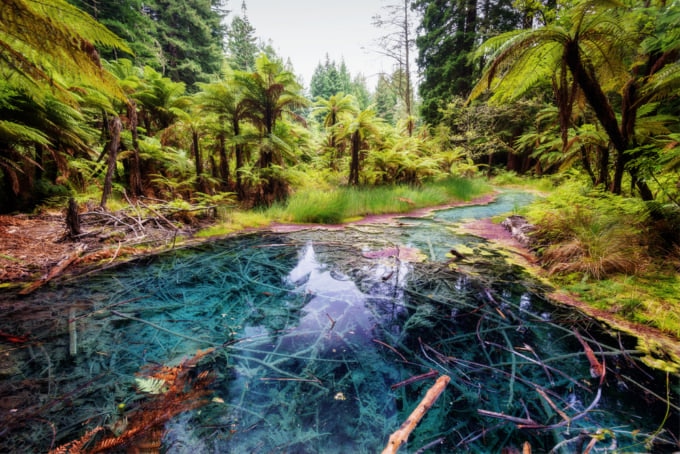
Photo by Lukas Bischoff Photograph/Shutterstock
Not too far from Rotorua is Te Whakarewarewa Valley, home to the only living museum in New Zealand. Owned and run by locals, visitors can catch a glimpse of how Māori people use the geothermal properties of the land. Welcoming visitors into their village for over 200 years, local guides provide a tour of the village including introductions to cooking, bathing and heating their homes using geothermal resources. Marvel at the well-known Pōhutu geysers, boil an egg in the bubbling pools and embark on a geothermal trail of the surrounding land.
Pasifika Festival
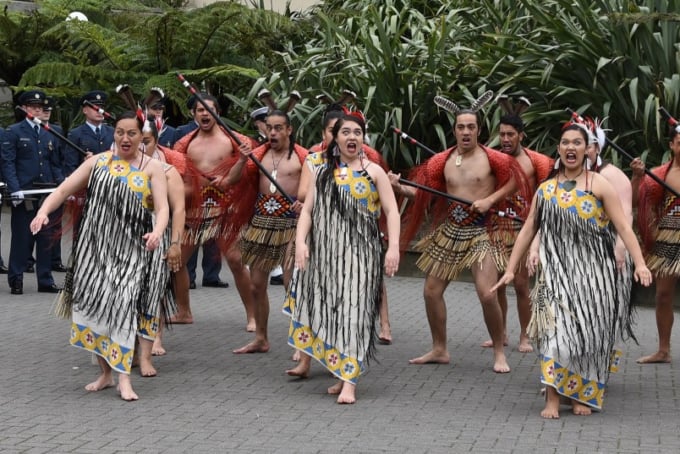
Photo by upload.wikimedia.org
An annual festival held in Auckland, the Pasifika Festival is an exciting schedule of celebrations that unite the cultures of the Pacific. The weekend-long festival sees many traditional performances and workshops held by different villages from all over New Zealand as well as those from Pacific Countries such as Fiji, Tahiti the Cook Islands. Established in 1993, the festival pulls in over 200,000 people each year and has proven to be a very popular event among locals and tourists alike.
Te Koru Pa
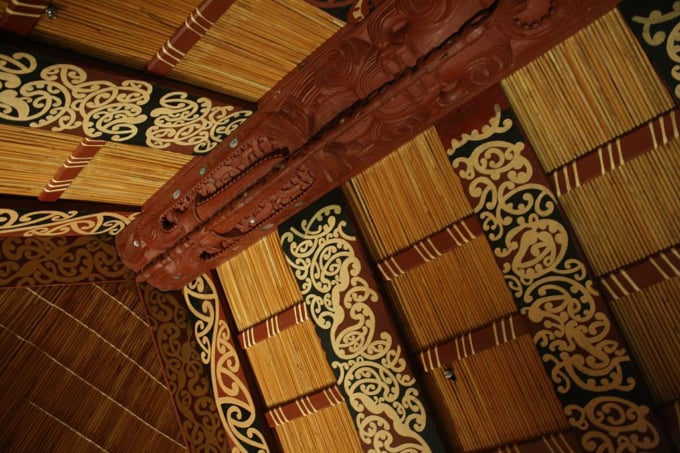
Photo by upload.wikimedia.org
There are a multitude of examples of Māori Villages scattered across New Zealand, all visited for their unique properties. Te Koru Pa, found not far from Mount Taranaki is best known for its archaeological significance. Considered to be one of the first Māori settlements in Taranaki, visitors can discover well-preserved stone-built terraces that were once home to the chiefs, a network of over eighty rua or food storage pits and numerous defensive ditches that were constructed as early as 1000AD.
Conclusion
Understanding the Māori traditions and beliefs that underpin New Zealand goes a long way to understanding New Zealand as a whole. This list provides just a few examples of where you can experience and learn about this ancient culture, although there are nods to the Māori culture littered throughout New Zealand.



